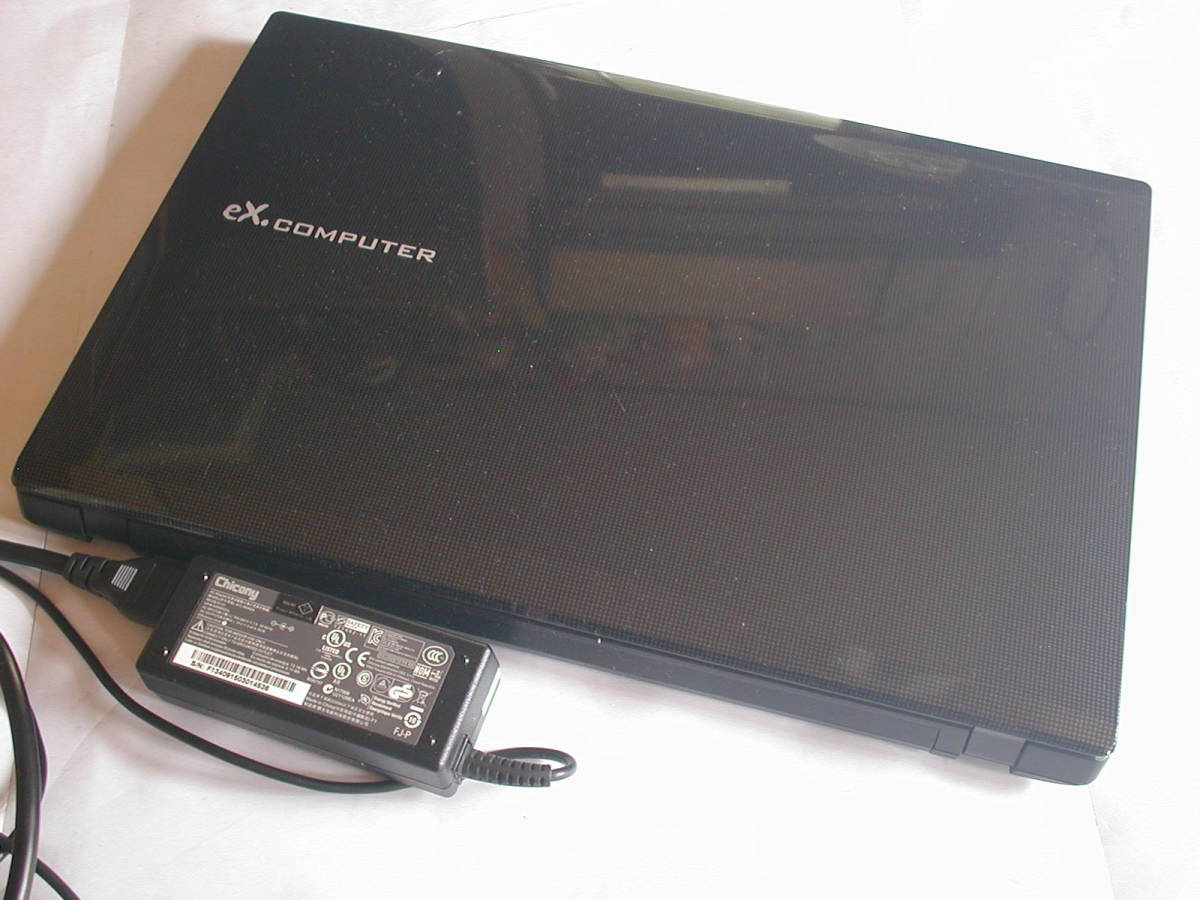
Nvidia has also increased the level two cache to 2MB, which reduces the frequency of requests to the GPU’s DRAM. This enables more control over how resources are used, and results in less frequent activation of cores that aren’t needed to complete a task. The first is a reorganization of cores which groups them into smaller execution units. A long list of changes has allowed this, but two in particular stand out. This chip is not built via a smaller production process than its predecessor, so the green team’s engineers have been forced to focus on architecture revisions that result in more processing power from a given die size. The real thrust of Maxwell’s focus, though, is power efficiency. Image used with permission by copyright holder
#NVIDIA GEFORCE GTX 980 SOFTWARE#
Gamers can automate the application of this feature through the GeForce Experience software and, unlike the other features enabled by Maxwell, this one works with most existing games. It can also add detail to fine objects, like grass, and very distant characters. While it usually won’t make a night-and-day difference, it can sharpen blurry textures. This technology improves visually lackluster games by rendering them at an extremely high resolution (beyond what your monitor normally displays), and then down-scaling the result. However, you’ll only see these features show up if and when game developers embrace them.Īnother new and immediately useful feature in the GTX 980 is Dynamic Super Resolution. In theory, with these features, the GTX 980 can make games look better than other cards can. A new anti-aliasing method, dubbed Multi-Frame Sampled Anti-Aliasing, has been added as well.

A new lighting technique is enabled through Voxel Global Illumination.
#NVIDIA GEFORCE GTX 980 DRIVER#
The older Fermi and Kepler architectures are slated to have support for DirectX 12 added through future driver updates. Even so-called “AAA” games are no longer guaranteed to push the limits of graphics technology.ĭirectX 12 is supported, though that’s not exclusive. While some enthusiasts might bemoan this new practice, it makes sense given the wide variety of games that are available. Nvidia believes that it’s easier to start small and scale up, than it is to start big and scale down. With Maxwell, that philosophy was turned on its head. In the past, new architectures were built with the most powerful systems in mind, then scaled down as needed.

This is a new approach for the company, and for GPUs as a whole. laptops), rather than a chip for desktops. Nvidia says the architecture’s life began as a design for mobile products (i.e. Maxwell was built to provide maximum performance while consuming minimum wattage, and it succeeds.


 0 kommentar(er)
0 kommentar(er)
